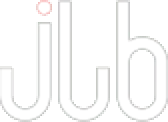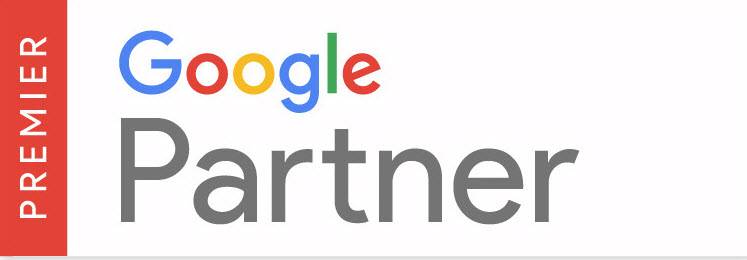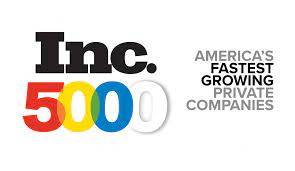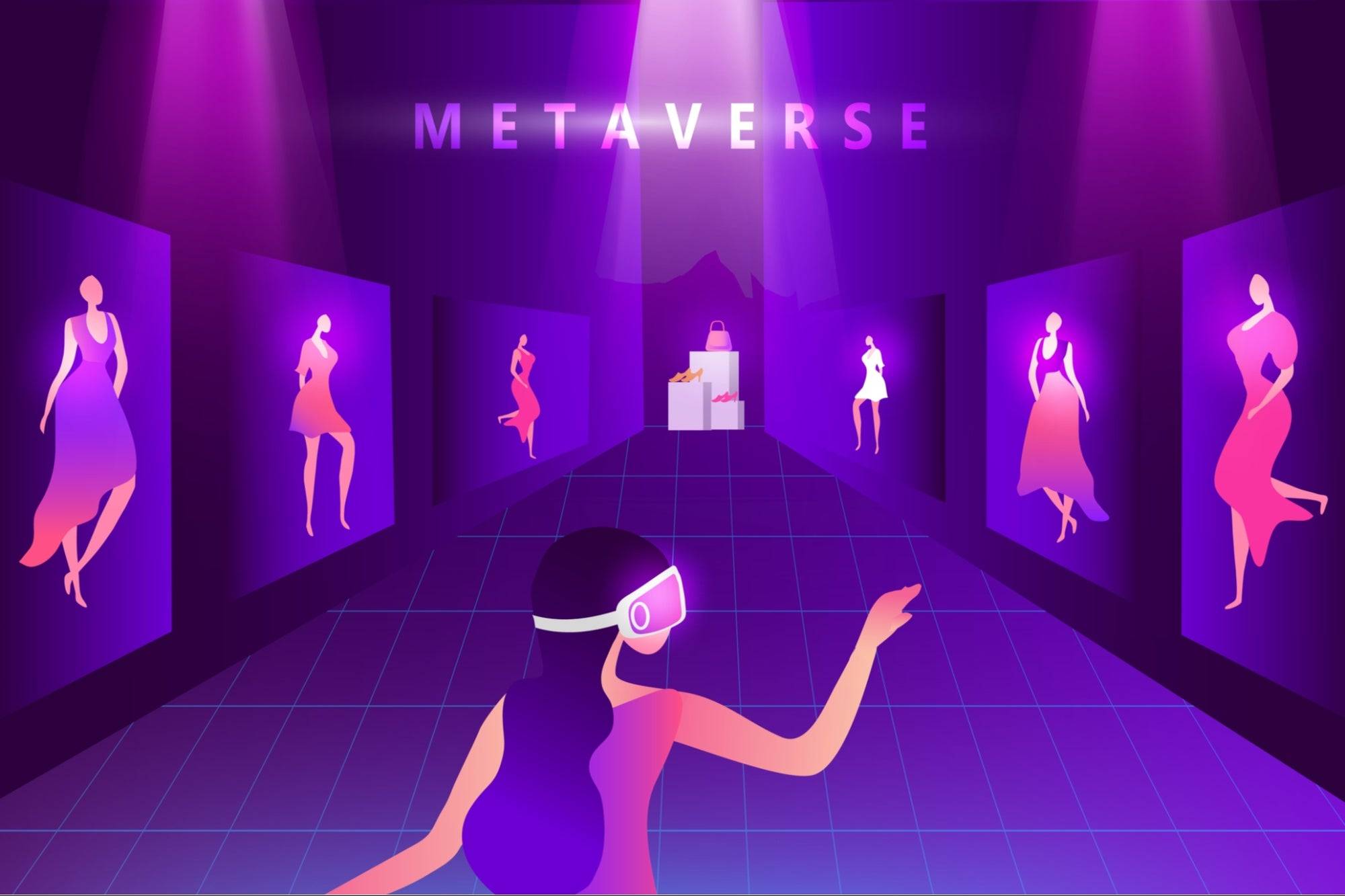Guest Author
 There are dozens of content management systems available: both free and paid. Choosing the right one is important if your project is to go smoothly. While, on a high-level, content management systems do more or less the same thing, specific implementations can vary radically according to the intended users, variant design and development philosophies, and different use cases, as we saw in our recent article comparing WordPress and MODX.
There are dozens of content management systems available: both free and paid. Choosing the right one is important if your project is to go smoothly. While, on a high-level, content management systems do more or less the same thing, specific implementations can vary radically according to the intended users, variant design and development philosophies, and different use cases, as we saw in our recent article comparing WordPress and MODX.
You should also be aware that some content management systems simply aren’t very good — they appear to possess all the bells and whistles, but when you roll up your sleeves and get down to work, frustrating design and UI shortcomings prevent you and your staff from being as productive as they might – what should be easy becomes difficult and time consuming.
Choosing the wrong CMS is a decision that you’ll have to live with for years, so you should consider these three factors carefully.
Core Functionality And Project Scope
The subtitle above is a verbose way of saying something simple: make sure your CMS does what you want and does it well. WordPress has become as popular as it is because it does a number of things well enough. It’s great for deploying simple business and publishing sites. It’s superb as a blogging platform. It is, however, not suitable for enterprise level document management and if you tried to use if for that, you’d end up tearing your hair out.
The best way to ensure that core functionality gels with your project is to create feature matrices that lay out your requirements, and then carry out in-depth research into the features of each CMS on your shortlist. A CMS is a significant investment, so it’s well worth putting in the time upfront.
Customization
All content management systems are customizable to some degree, but the target user will dictate how easy it is to develop new features. CMSs aimed at those without web development experience will make life more difficult than need be for developers. If you intend to build significant bespoke functionality, CMSs like MODX or Statamic are probably a better bet that WordPress.
Asset Management
A friend of mine was recently telling me about the process he has to go through every time he wants to add a new product to his small eCommerce store, which is based on an ancient proprietary content management system. It was convoluted and time-consuming to do the simplest task.
Modern CMSs are designed to be much more user friendly, but if you’re going to be engaged in complex asset management scenarios, make sure the CMS you choose is up to the task, or you’ll spend most of your time dealing with the shortcomings of your chosen platform rather than concentrating on the experience you offer to users.
These are high-level considerations, but the point I want to make is that before choosing a content management system, do the work to make sure that it fits with your use-case. It would be very disheartening to build a site only to discover that using it hinders your productivity.
___________________
About Rachel Gillevet – Rachel is the technical writer for WiredTree, a leader in fully managed dedicated and vps hosting. Follow Rachel and WiredTree on Twitter, @wiredtree, Like them on Facebook and check out more of their articles on their web hosting blog, http://www.wiredtree.com/blog.










